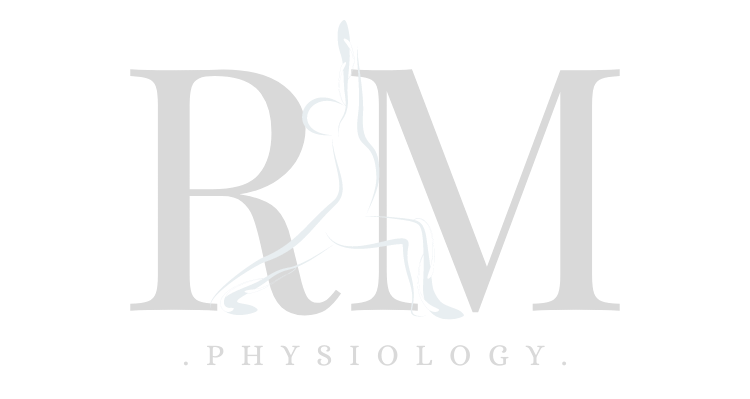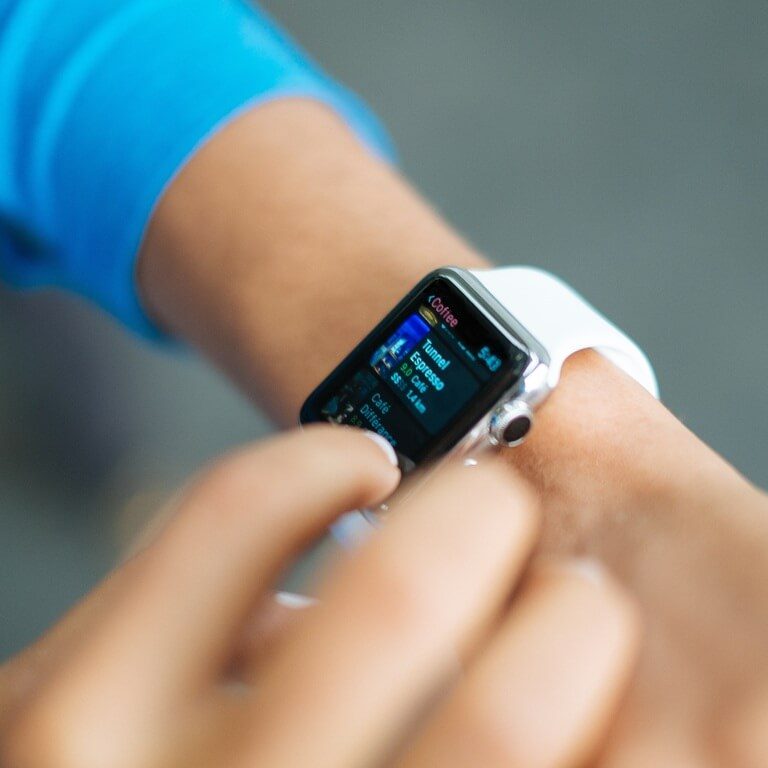In 2018, the ABS reported that 1 in 6 Australians (around 4.4 million or 18% of people) were living with a disability. A further 22% of the Australian population are living with a long term health condition. Of the 4.4 million Australian’s living with a disability, around 1.4 million (32%) are living with a profound disability. This means that these 1.4 million individuals require daily assistance with activities of daily living and general care. This also includes assistance with mobility and communication. With such a high prevalence of health conditions and disabilities within our community, it is evident that health and wellness interventions are needed.
“But what interventions are there and what is suitable for me?”
This is a very personal and individualised question to answer – but the good news is that exercise has been found to be one of the most beneficial interventions for all individuals when it comes to improving quality of life and independence levels.
Accessing Exercise through the NDIS
The National Disability Insurance Scheme (NDIS) was designed to support individuals with disability to assist developing capacity and skills to allow them to participate in community and work life. The NDIS is responsible for providing funding to allied health services, therapy services and assistance related to an individual’s disability. This includes Exercise Physiology.
But why Choose an AEP?
Accredited Exercise Physiologists (AEPs) are tertiary- qualified allied health professionals with extensive knowledge of the human body and the role exercise plays in reducing the effect of chronic diseases, illnesses and disabilities. All exercise interventions are individually prescribed and tailored to allow people of all ages and abilities to achieve their goals and improve quality of life. This safe and effective exercise prescription can also greatly assist in building capacity for activities of daily living.
Funding for AEPs can be found in two categories through the NDIS:
- Capacity Building – Improved Daily Living
- Capacity Building – Improved Health and Wellbeing
How to see an AEP
It is best to start the conversation with your NDIS planner or support coordinator. They will be able to determine that your NDIS goals align with your support services and can be funded. Once your request has been deemed ‘reasonable and necessary’, you can begin with AEP services.
What to Expect in your first Appointment
During your initial consultation, we ask a series of questions to get to know you and your goals clearly. We also assess areas including:
- posture and balance
- illness or injury
- anthropometric data (height, weight etc.)
- how you move (ambulate)
- current muscular strength and fitness levels
- cardiovascular fitness
- diet and lifestyle
- any current medications
- any limiting factors or barriers in day-to-day life
This information allows to to paint the whole picture of you, and tailor expert exercise interventions to help you reach your goals.
If you would like any further information – hit the ‘contact us’ tab on our website today. You can also give us a call on 0402 337 307.


No responses yet